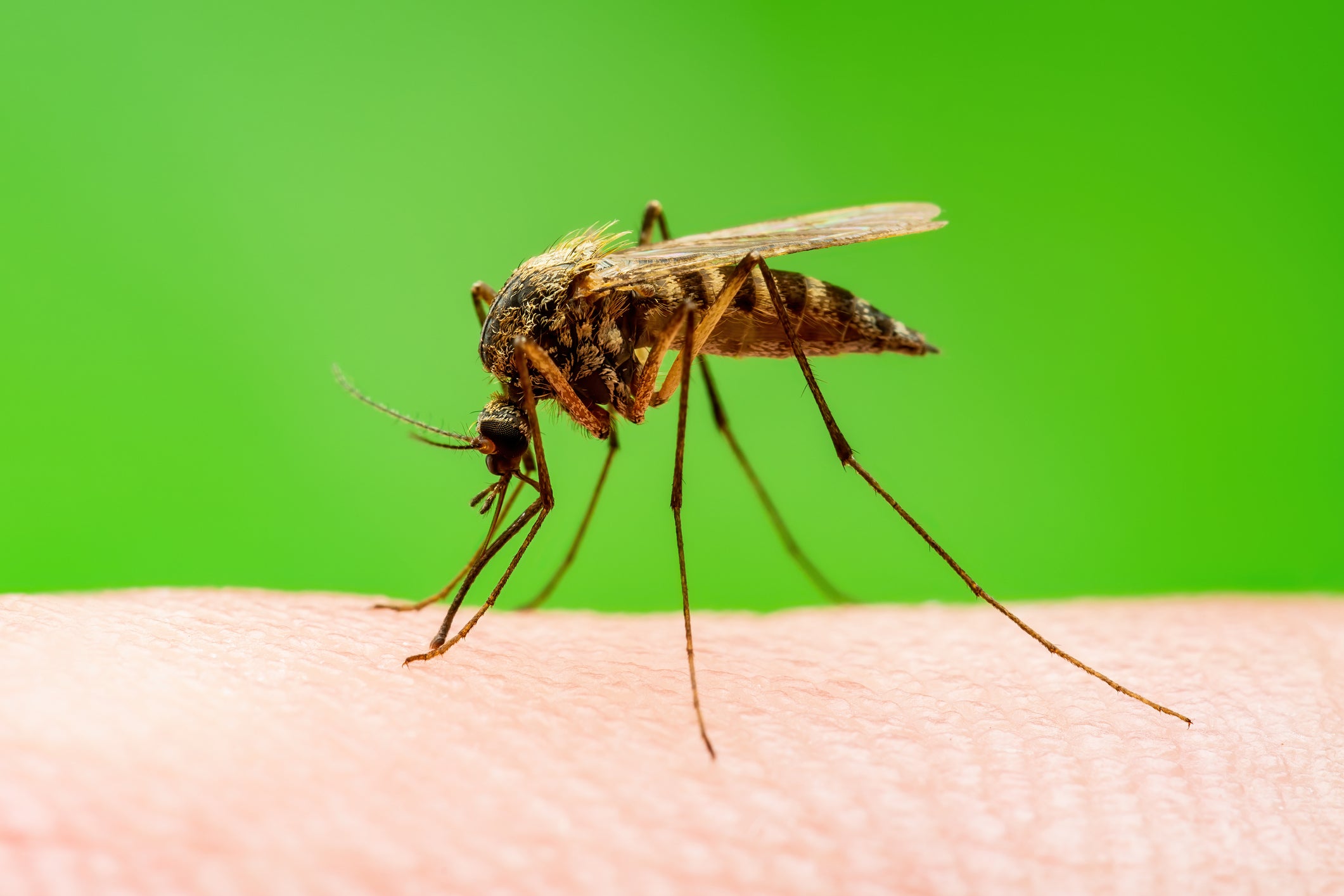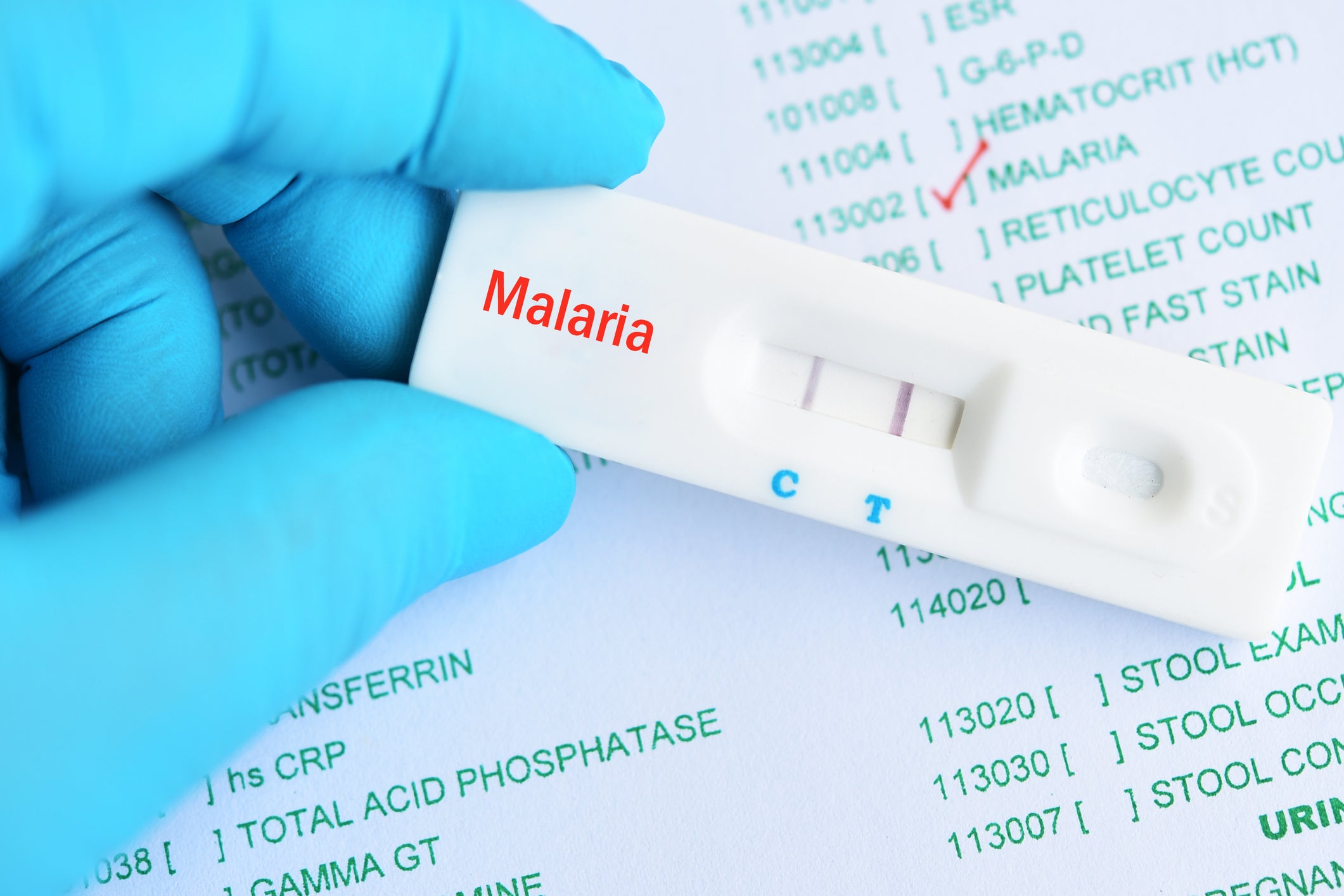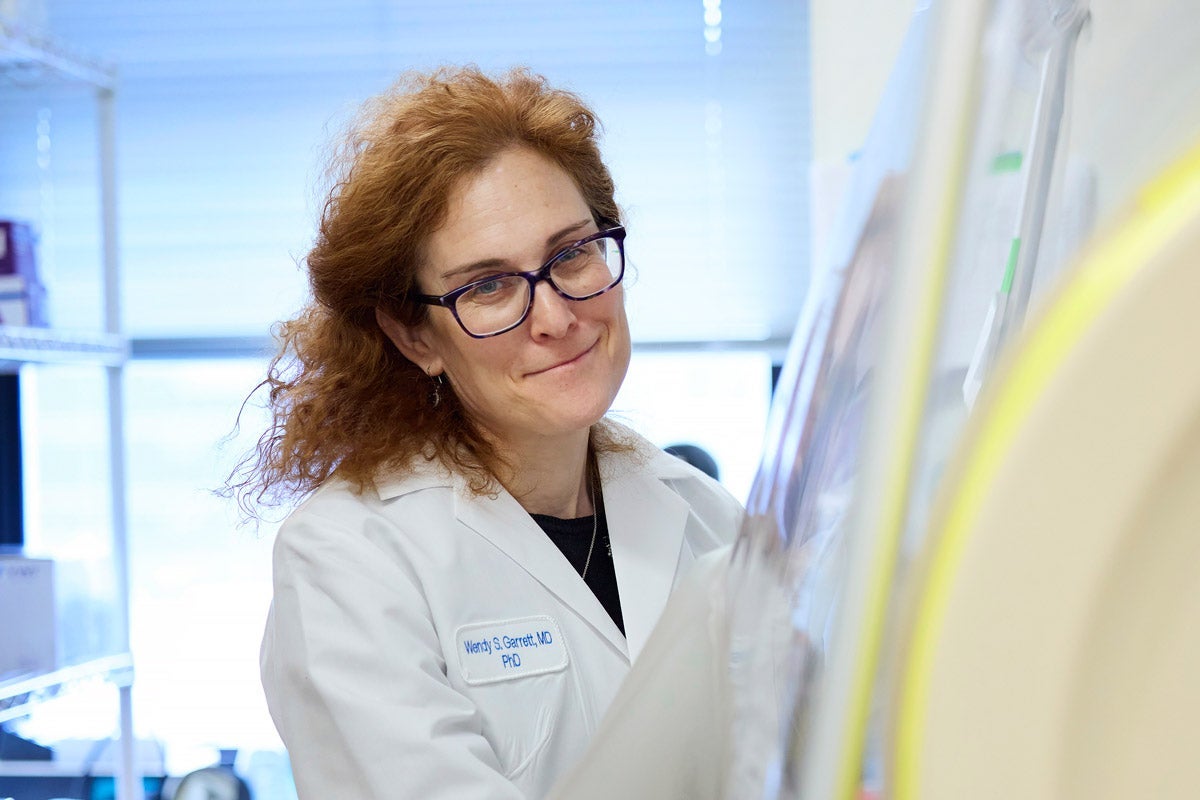From miasma to COVID-19: Exploring evolving understanding of airborne illnesses
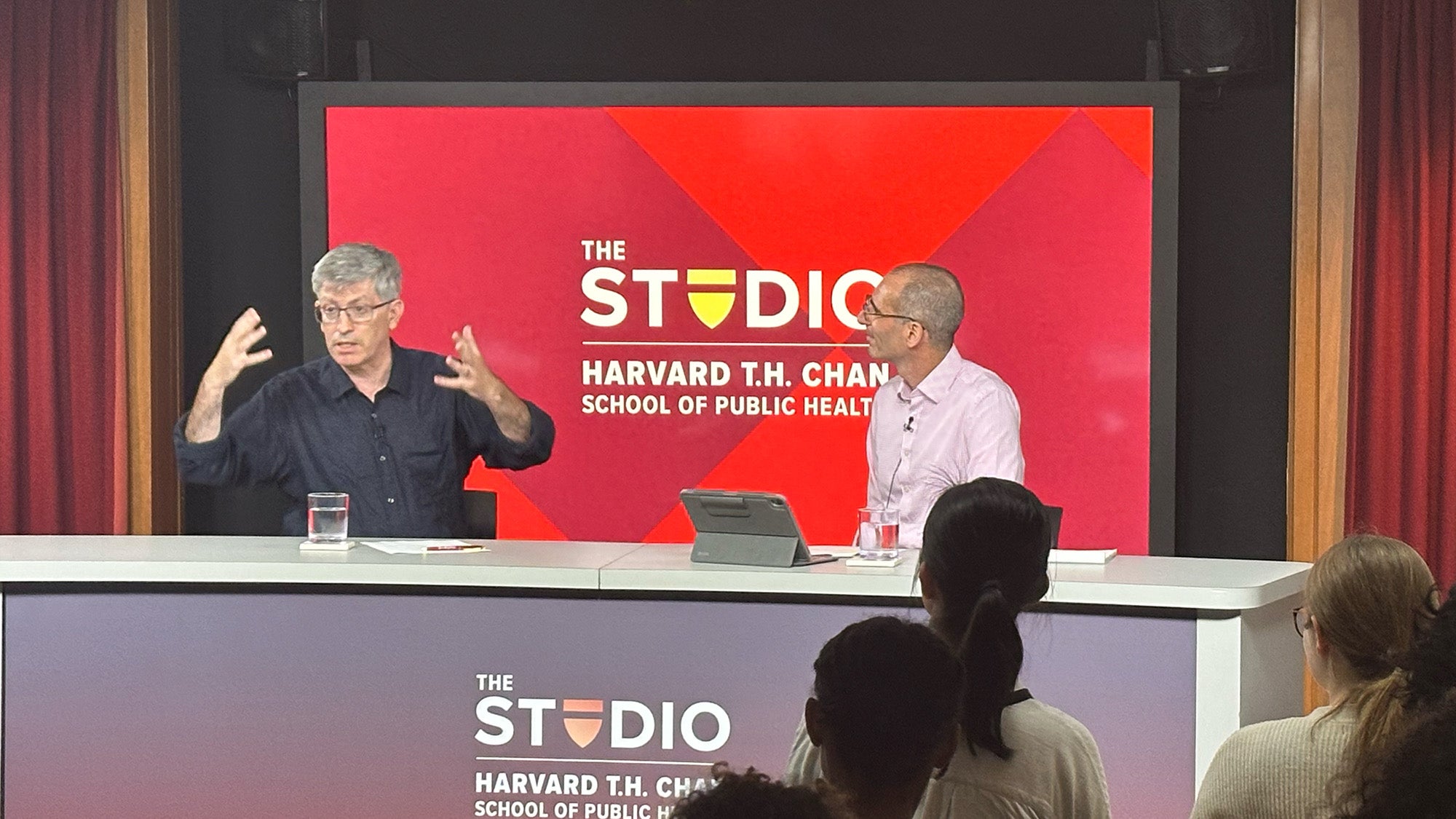
Early in the COVID-19 pandemic, New York Times science writer Carl Zimmer grew intrigued by the controversy over whether the disease was airborne. He decided to investigate the history of aerobiology—the study of airborne biological particles—to gain a better understanding.
Zimmer’s exploration led him to write a book about the topic titled “Air-Borne: The Hidden History of the Life We Breathe.” He discussed the book during a June 24 Harvard T.H. Chan School of Public Health Studio event moderated by Yonatan Grad, professor of immunology and infectious diseases.
Zimmer described science’s evolving understanding of airborne illness from the ancient Greek miasma theory—which proposed that diseases were caused by corrupted air—to the realization that COVID could spread through tiny particles lingering in the air. He noted that many people still have trouble conceptualizing that the atmosphere is full of life, much like the ocean. It has its own microbiome, which includes bacteria, fungi, and viruses. “The air is not sterile,” Zimmer said. “There are things floating in the air and you are inhaling some of them.”
He said that miasma theory dominated until the early-19th century. Then, early pioneers of the germ theory of disease began to discover that, for example, cholera was transmitted by waterborne pathogens and malaria through mosquitoes, and people became less concerned with air.
Study of airborne diseases progressed slowly because air was difficult to sample. Louis Pasteur and others developed new methods later in the 19th century, but the idea that there were lifeforms in air and that it mattered for health was still controversial into the 1930s, Zimmer said.
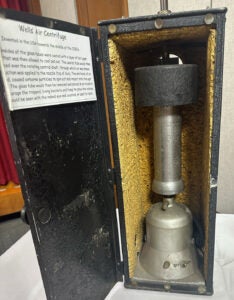
One aerobiology pioneer was Harvard School of Public Health Professor William Wells, who developed a centrifuge in the early 20th century to collect bacteria from indoor air. Working with his wife, Mildred Wells, he identified that tuberculosis and measles were spread through the air. But his work was not widely recognized during his lifetime, said Zimmer, who tells the story in his book. He noted that Wells’ success was perhaps hampered by his reputation as a poor public speaker and eccentric, difficult character. The only known surviving Wells Centrifuge is housed at Harvard Medical School’s Countway Library and was displayed during the Studio event.
Another scientist described in Zimmer’s book achieved greater acceptance of his research but came to regret it. Theodor Rosebury was a professor at Columbia University when World War II broke out. Inspired to help the war effort, he investigated ways in which pathogens such as anthrax could be turned into biological weapons. His work was passed on to the U.S. Army and he was recruited to run the airborne infection project at Fort Detrick, Maryland. However, when biological warfare work didn’t cease with the end of the war, Rosebury became disillusioned. He advocated against its dangers, to the detriment of his career.
Zimmer said that he is still following the latest developments in understanding and mitigating airborne diseases. He noted that technology is being developed to detect the presence of airborne pathogens—meaning that, in the future, homes could have a device much like a carbon monoxide detector that could monitor for the presence of the measles or SARS-CoV-2 viruses. However, he said that he worries that work like this will be hampered due to federal funding cuts to scientific research.
